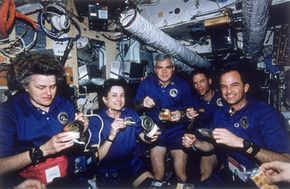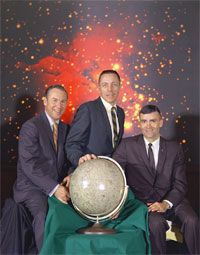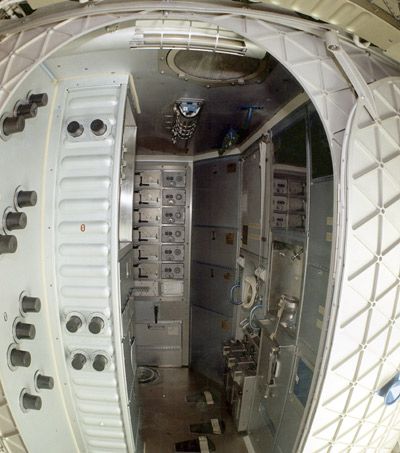By the 1960s, NASA achieved an extraordinary technological feat by sending men into space. Yet one deceptively simple aspect of space travel took several more years to perfect: the food. Today most space food looks a lot like food here on the ground. What started out as tasteless paste squeezed out of a toothpastelike tube has come a long way from space exploration's early days. Astronauts are even getting treated to gourmet meals designed by celebrity chefs.
But what is space food? A typical space menu is made up of a lot of the same items found in homes and restaurants here on Earth. It might include foods such as:
Advertisement
The biggest differences between space food and regular food are in the packaging and design. Space food must be carefully contained so it doesn't float around in the low-gravity (microgravity) environment. Even something as simple as a few crumbs can become deadly in low gravity. Loose pieces of food can become lodged in shuttle vents or can waft into an astronaut's nose or mouth and pose a choking or breathing hazard. Liquids can float away as well, so drinks like coffee, orange juice, apple cider and tea are packaged as powders. Astronauts add water to the contained drinks to rehydrate them.
So how has space food transformed over the years? What are the challenges of transporting, cooking and disposing of food beyond the Earth's surface? Find out on the next page.


